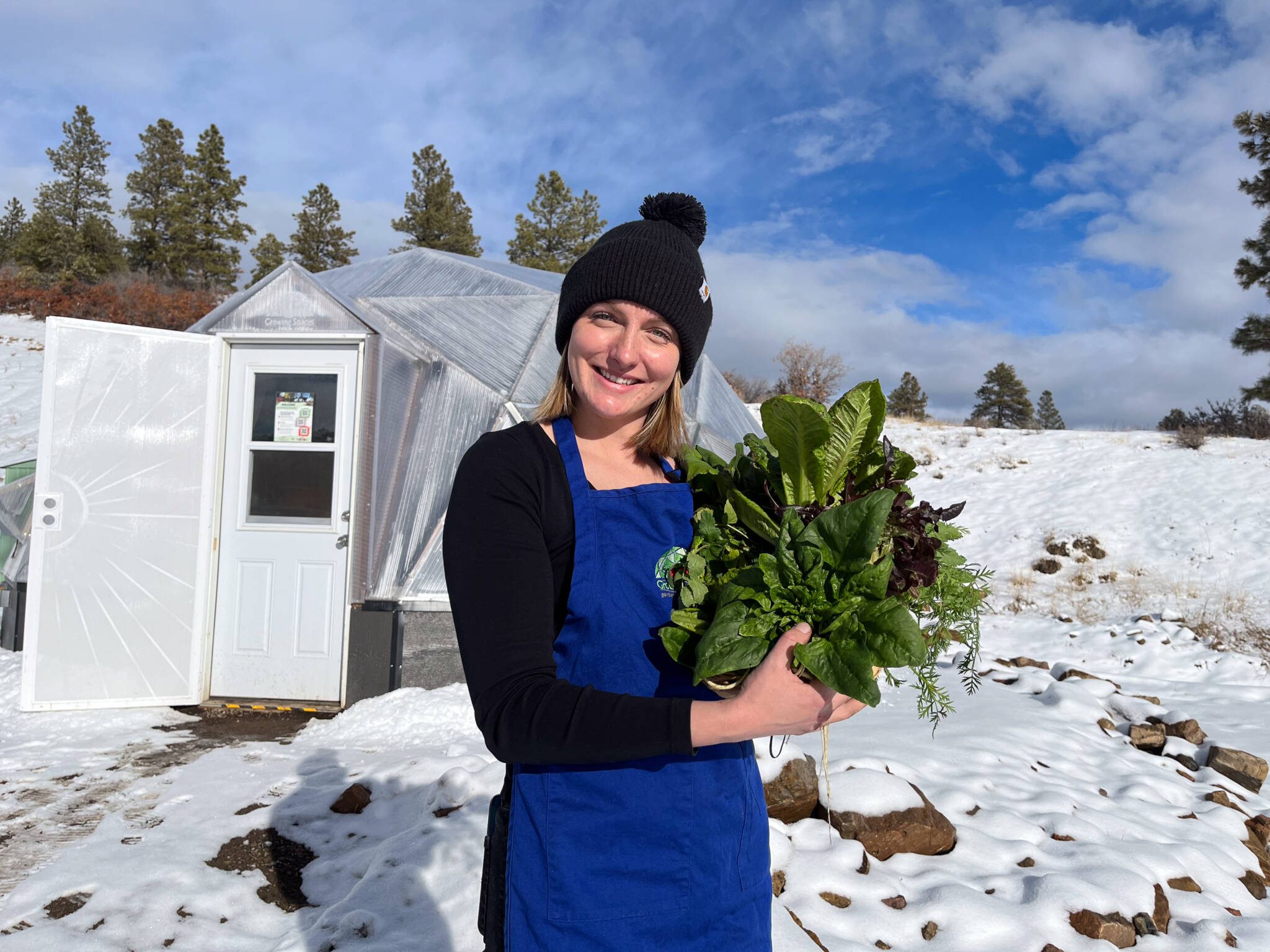
In uncertain times, self-sufficiency becomes paramount. At the forefront of this self-reliance is the concept of the survival garden—a means to ensure a steady supply of nutritious food regardless of external challenges. The Growing Dome stands out as the premier solution for those looking to establish a resilient survival garden. Its unique geodesic design can resist winds up to 115 mph, more than 75 pounds of snow per square foot, and is hail-resistant.
Solar Power: Nature’s Ally for a Year-Round Survival Garden
By harnessing both active and passive solar technologies, the Growing Dome guarantees a consistent and energy-efficient environment. Whether you’re facing the biting cold of winter or the scorching heat of summer, your survival garden remains protected and productive.
Choosing the Best Crops for Your Survival Garden
Your Growing Dome’s potential is directly linked to the crops you select. Root vegetables, rich in calories and nutrients, are survival garden essentials. Carrots, beets, radishes, and turnips not only store well, but they also thrive in the central bed of the Growing Dome. Plant a fig tree nearby—it offers delicious fruits and acts as a companion plant, shading and extending the life of root crops.
Dedicate the Growing Dome’s raised beds to fruits suitable for drying and preservation—tomatoes, peppers, and berries are perfect. And don’t forget the warmth-loving crops like squash and beans; the southern side of the dome, with its abundant sunlight, suits them best.
The Top 30 Survival Garden Seeds: (If it has a link, we have an article about how to grow it!)
- Carrots
- Beets
- Radishes
- Turnips
- Fig Tree
- Tomatoes
- Peppers
- Strawberries
- Squash
- Green Beans
- Sweet Potatoes
- Onions
- Garlic
- Ginger
- Basil
- Mint
- Rosemary
- Brussels Sprouts
- Collard Greens
- Cilantro
- Cucumbers
- Kale
- Spinach
- Swiss Chard
- Broccoli
- Cabbage
- Lettuce
- Peas
- Zucchini
- Potatoes
This list offers a mix of crops to ensure a balanced diet, efficient use of space, and consistent yields throughout the year in a greenhouse survival garden.
Pollinators: The Gardens Unsung Heroes
A survival garden isn’t just about the crops. It also depends on its helpers. Plant flowers outside your dome to attract vital pollinators like bees and butterflies, ensuring successful pollination and improved crop yields.
In an unpredictable world, the Growing Dome equips you to reclaim control over your food supply. It isn’t just a greenhouse; it’s a means to ensure survival.
Expand Your Knowledge
Dive deeper into sustainable gardening practices with our other articles: “The Innate Value of Saving Seeds“, “Heirloom Tomatoes in a Growing Dome Greenhouse“, and “Growing Vegetables in Alaska Hardiness Zone 6A“.
Join the Inner Circle
An exclusive place for year-round gardeners. Join us to receive our monthly newsletter, “The Happy Grower”. In our newsletter we provide community stories, event updates, expert gardening tips, and exclusive offers.
